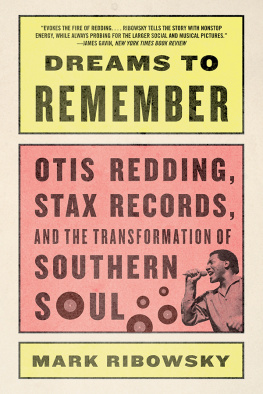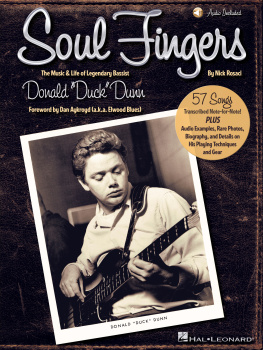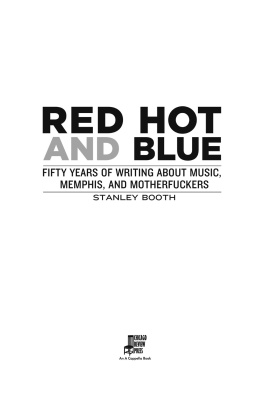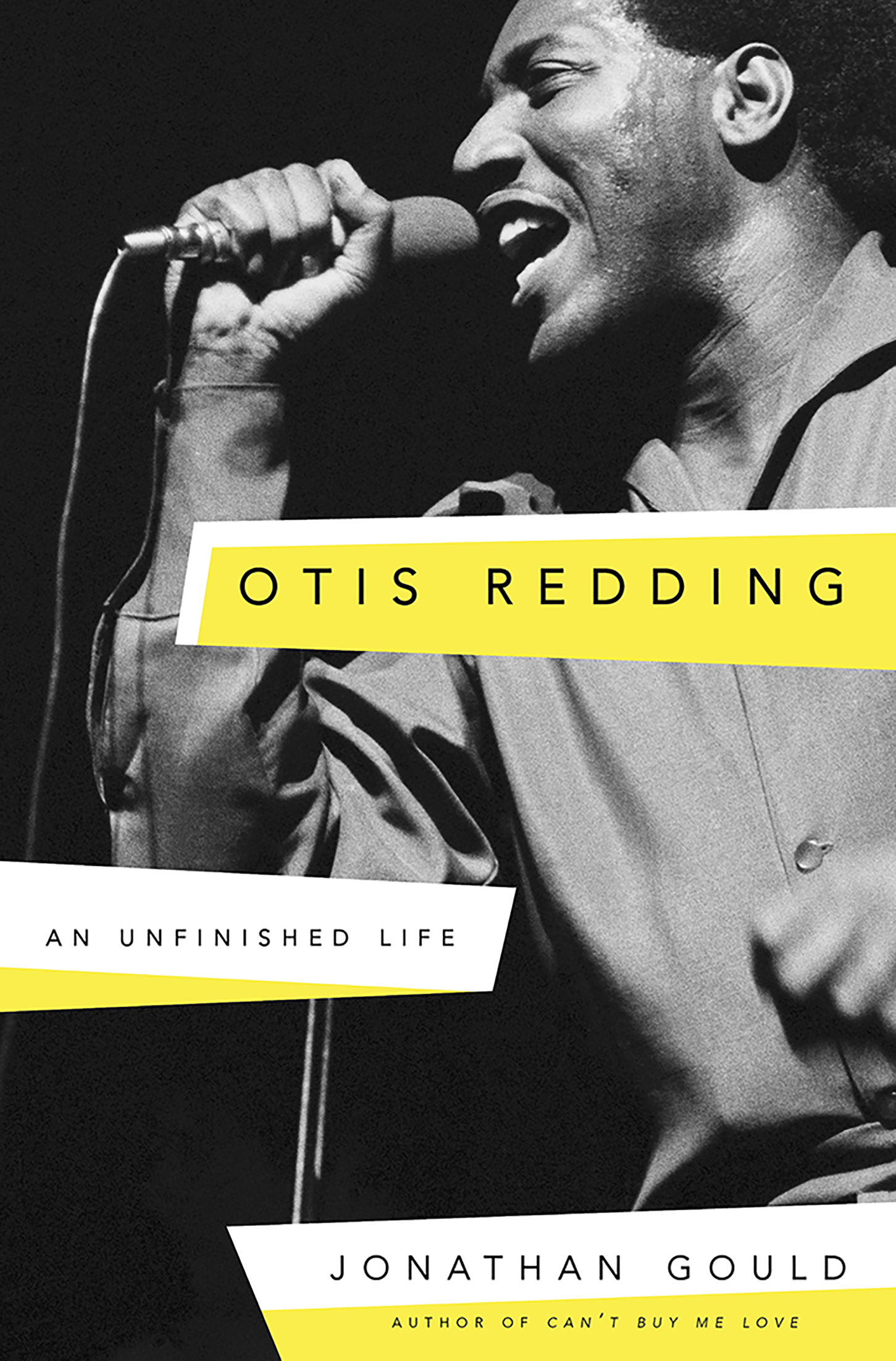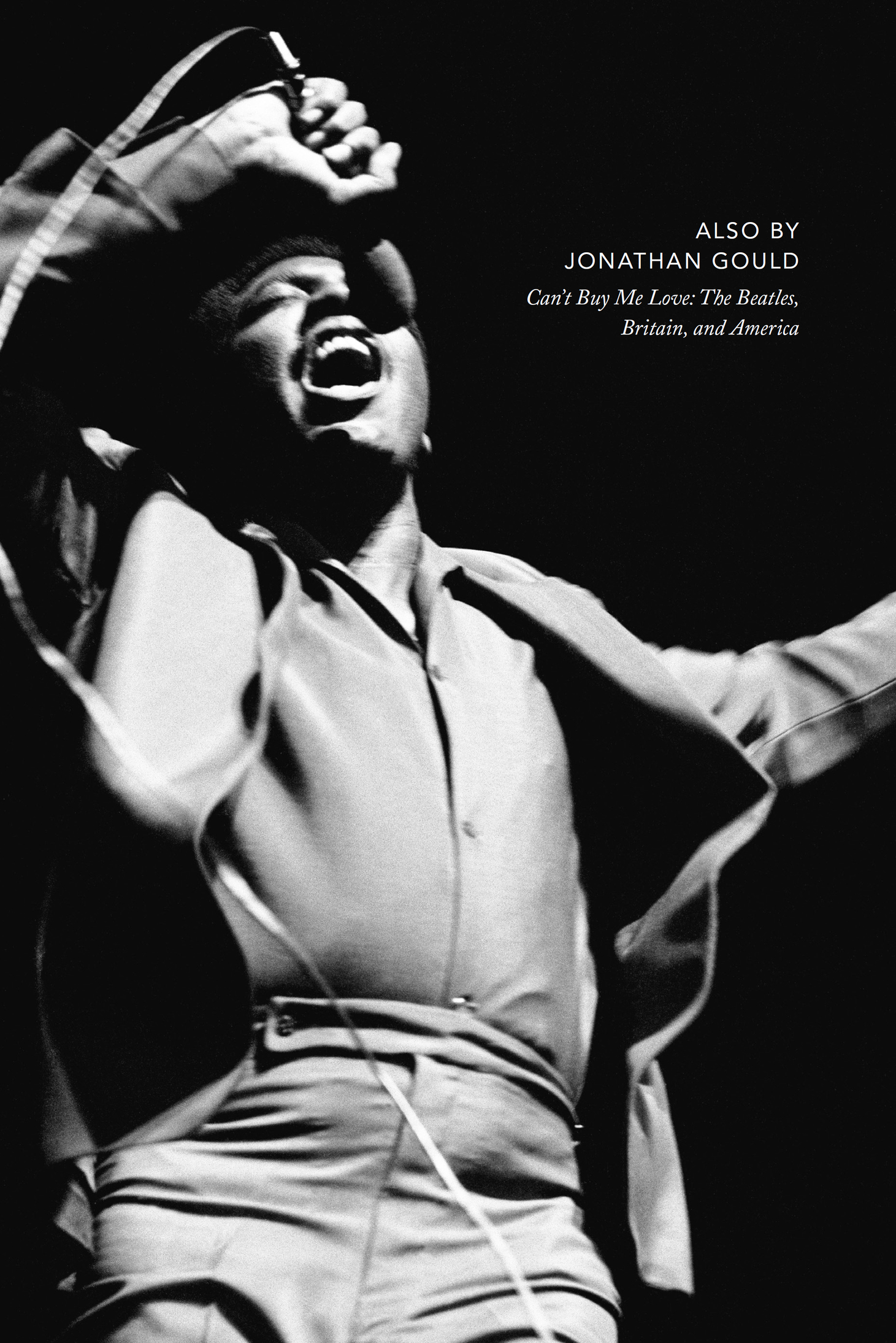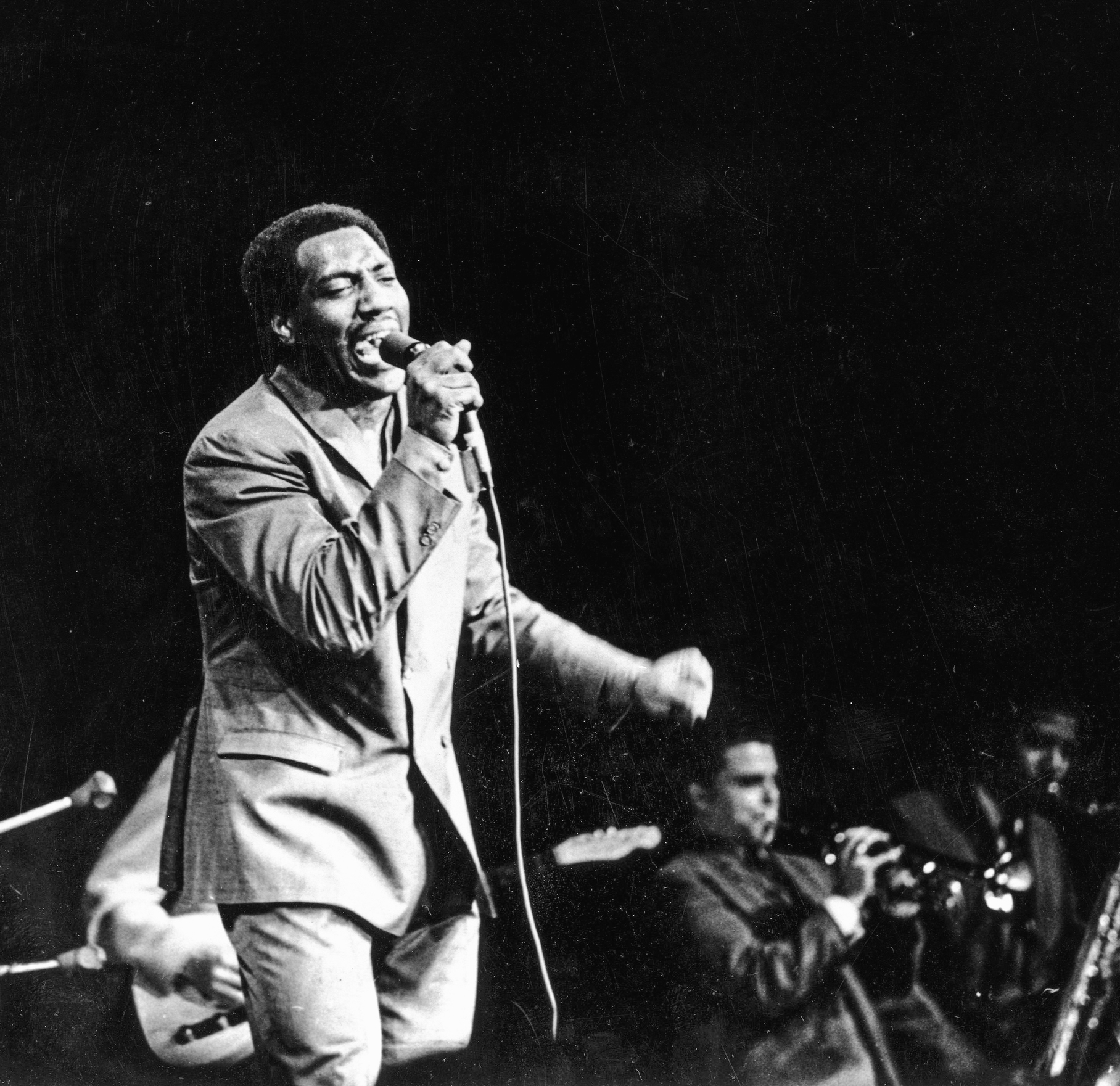Gould Jonathan - Otis Redding: an unfinished life
Here you can read online Gould Jonathan - Otis Redding: an unfinished life full text of the book (entire story) in english for free. Download pdf and epub, get meaning, cover and reviews about this ebook. City: United States, year: 2017, publisher: Crown Archetype, genre: Detective and thriller. Description of the work, (preface) as well as reviews are available. Best literature library LitArk.com created for fans of good reading and offers a wide selection of genres:
Romance novel
Science fiction
Adventure
Detective
Science
History
Home and family
Prose
Art
Politics
Computer
Non-fiction
Religion
Business
Children
Humor
Choose a favorite category and find really read worthwhile books. Enjoy immersion in the world of imagination, feel the emotions of the characters or learn something new for yourself, make an fascinating discovery.

- Book:Otis Redding: an unfinished life
- Author:
- Publisher:Crown Archetype
- Genre:
- Year:2017
- City:United States
- Rating:5 / 5
- Favourites:Add to favourites
- Your mark:
Otis Redding: an unfinished life: summary, description and annotation
We offer to read an annotation, description, summary or preface (depends on what the author of the book "Otis Redding: an unfinished life" wrote himself). If you haven't found the necessary information about the book — write in the comments, we will try to find it.
Otis Redding remains an immortal presence in the canon of American music on the strength of such classic hits as (Sittin on) The Dock of the Bay, Ive Been Loving You Too Long, Try a Little Tenderness, and Respect, a song he wrote and recorded before Aretha Franklin made it her own. As the architect of the distinctly southern, gospel-inflected style of rhythm & blues associated with Stax Records in Memphis, Redding made music that has long served as the gold standard of 1960s soul. Yet an aura of myth and mystery has always surrounded his life, which was tragically cut short at the height of his career by a plane crash in December 1967.
InOtis Redding: An Unfinished Life,Jonathan Gould finally does justice to Reddings incomparable musical artistry, drawing on exhaustive research, the cooperation of the Redding family, and previously unavailable sources of information to present the first comprehensive portrait of the singers background, his upbringing, and his professional career.
In chronicling the story of Reddings life and music, Gould also presents a social history of the time and place from which they emerged. His book never lets us forget that the boundaries between black and white in popular music were becoming porous during the years when racial tensions were reaching a height throughout the United States. His indelible portrait of Redding and the mass acceptance of soul music in the 1960s is both a revealing look at a brilliant artist and a provocative exploration of the tangled history of race and music in America that resonates strongly with the present day.
Gould Jonathan: author's other books
Who wrote Otis Redding: an unfinished life? Find out the surname, the name of the author of the book and a list of all author's works by series.


